In an era of accelerating climate change and biodiversity loss, conservation programs have emerged as vital guardians of our planet’s natural heritage. These initiatives work tirelessly to protect endangered species, restore damaged ecosystems, and promote sustainable practices that benefit both wildlife and human communities. For travelers and eco-conscious individuals, supporting these programs offers a unique opportunity to transform tourism into a force for environmental good.
Beyond simply witnessing the beauty of natural landscapes and wildlife, visitors can actively participate in their preservation, creating meaningful connections with destinations while contributing to their long-term survival. This article explores some of the most impactful conservation programs around the world that welcome visitor support, highlighting how sustainable tourism can serve as a powerful tool for environmental protection.
Wildlife Conservation Society’s Visitor Programs
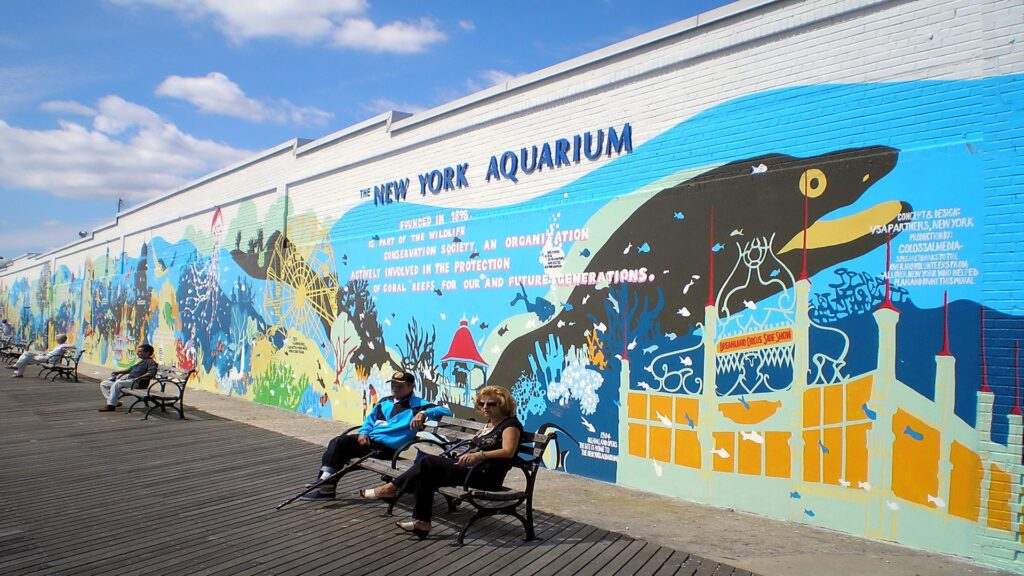
The Wildlife Conservation Society (WCS) represents one of the world’s most established conservation organizations, operating visitor programs across multiple continents that directly support their mission to save wildlife and wild places. At locations like the Bronx Zoo and New York Aquarium, visitor admissions help fund conservation fieldwork in nearly 60 countries, protecting species from tigers to sea turtles.
WCS offers behind-the-scenes experiences where visitors can learn directly from conservation scientists about current challenges and solutions. Their innovative “Conservation Experiences” allow participants to engage in mock field research activities, gaining hands-on understanding of actual conservation techniques. Additionally, WCS programs have successfully demonstrated that tourism-supported conservation creates sustainable economic alternatives for local communities who might otherwise rely on practices harmful to wildlife.
The Elephant Sanctuary Volunteer Programs
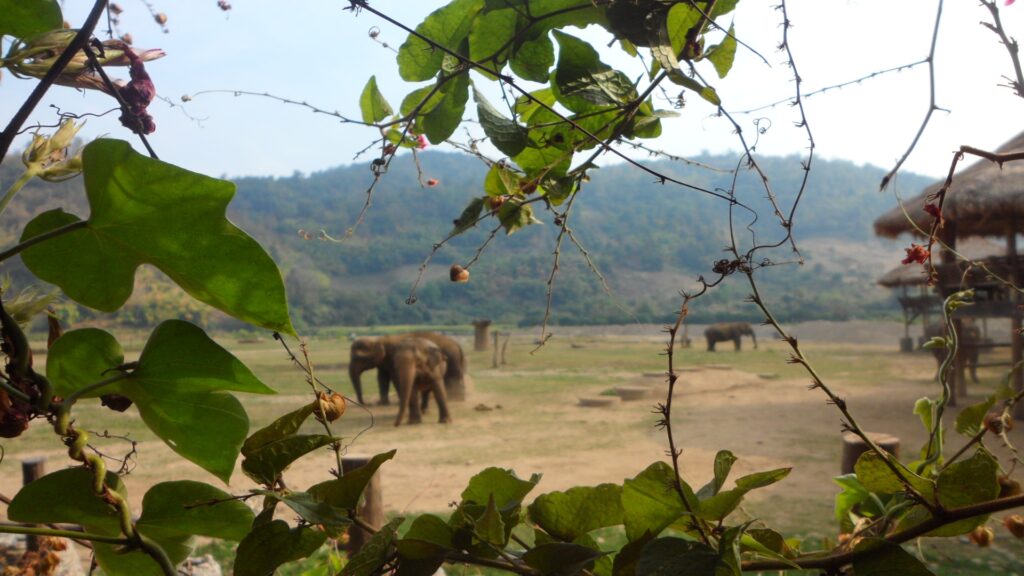
Ethical elephant sanctuaries across Southeast Asia have pioneered visitor-supported conservation models that prioritize animal welfare while educating the public. Unlike exploitative elephant attractions, these sanctuaries rescue elephants from logging, entertainment, and other industries where they face abuse and unnatural living conditions. Visitors to sanctuaries like Elephant Nature Park in Thailand or the Elephant Valley Project in Cambodia can participate in meaningful volunteer work—preparing nutritious food, maintaining habitats, and observing elephants in natural settings without riding or direct contact that causes stress.
The educational component of these programs proves equally valuable, as visitors learn about the complex social structures of elephant herds and the threats facing wild populations. These sanctuaries have transformed tourism in their regions, demonstrating that observation-based, welfare-centered experiences can be more rewarding and financially sustainable than exploitative alternatives.
Great Barrier Reef Marine Park Citizen Science
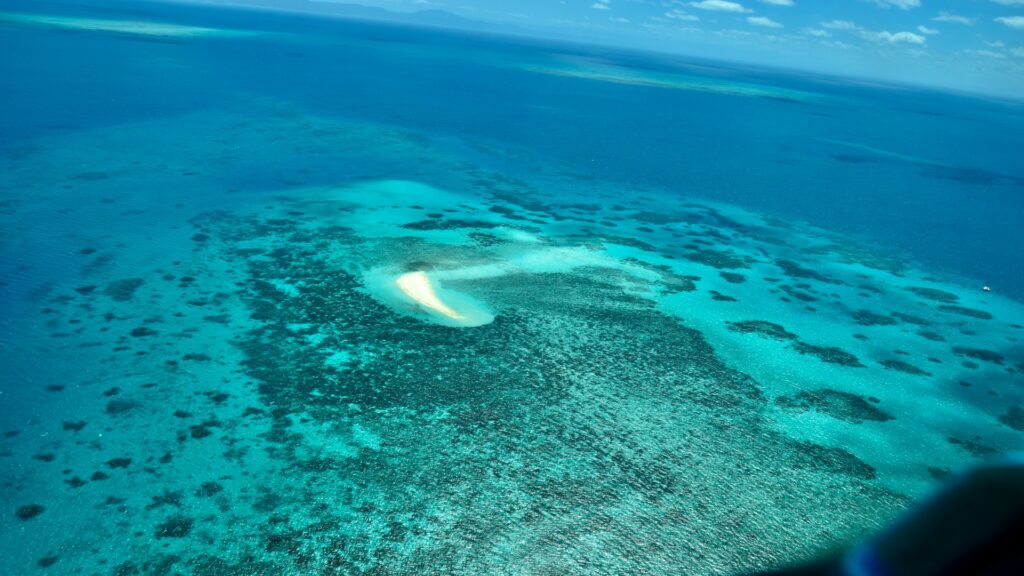
Australia’s Great Barrier Reef faces unprecedented threats from climate change, making citizen science programs in this marine wonderland increasingly critical for ongoing research and monitoring efforts. The Great Barrier Reef Marine Park Authority, in partnership with tourism operators, has developed several programs enabling visitors to contribute directly to reef conservation while experiencing its splendor. The Eye on the Reef program trains tourists to record observations about reef health, crown-of-thorns starfish outbreaks, and unusual marine life sightings through user-friendly mobile applications.
More dedicated participants can join CoralWatch, collecting data on coral bleaching that informs scientific understanding of reef resilience patterns. The ReefSearch program takes this further, allowing visitors on designated dive trips to assist marine biologists with formal surveys of reef composition and health indicators. These programs demonstrate that tourism can generate both revenue and valuable scientific data when structured thoughtfully.
The Jane Goodall Institute’s Chimpanzee Guardian Programs

The Jane Goodall Institute has revolutionized conservation through programs that connect visitors with chimpanzee protection efforts across Africa, particularly in Uganda, Tanzania, and the Democratic Republic of Congo. Their “Chimpanzee Guardian” program allows visitors to “adopt” individual chimps, funding their protection while receiving updates about their lives and behaviors in the wild. The Gombe Stream Research Center, where Dr. Goodall conducted her groundbreaking research, now welcomes respectful visitors who learn about ongoing conservation science while their fees directly support local conservation initiatives.
The Institute particularly excels at integrating local communities into conservation efforts, with visitor funding supporting education programs for nearby villages and training for local conservation leaders. Their model demonstrates how conservation tourism can address human needs alongside wildlife protection, creating sustainable pathways for coexistence between people and our closest primate relatives.
Sea Turtle Conservation Experiences
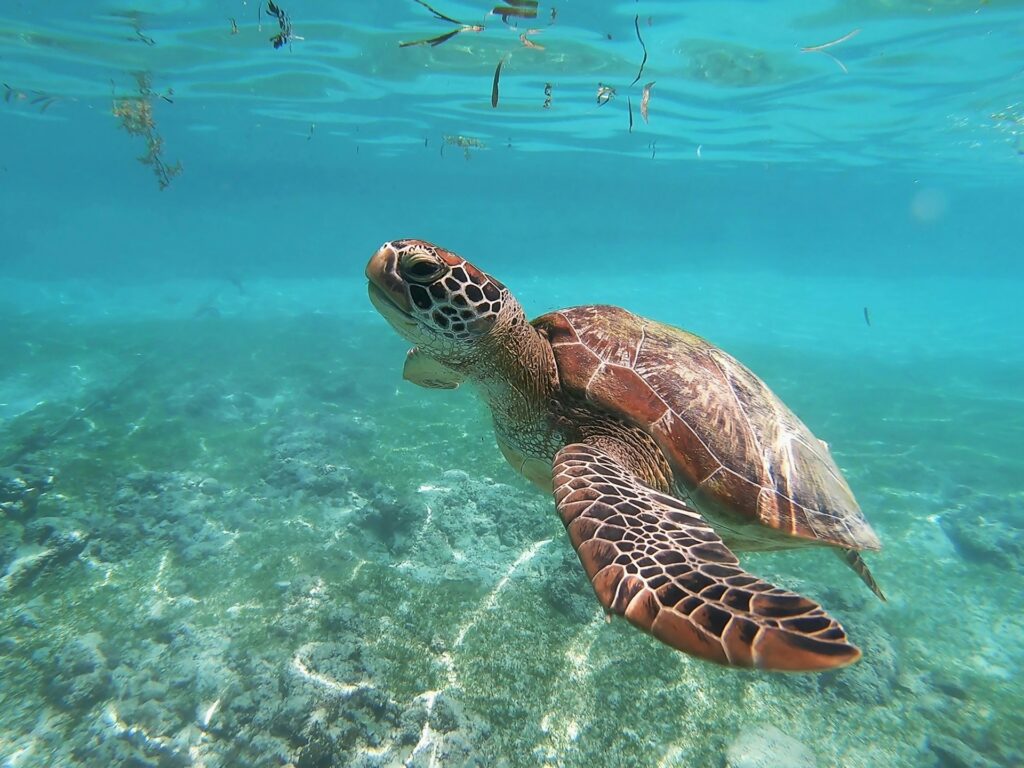
Sea turtle conservation programs represent some of the most accessible and emotionally rewarding visitor-supported conservation experiences available globally. Organizations like the Sea Turtle Conservancy in Costa Rica and ARCHELON in Greece offer seasonal opportunities for visitors to participate in nest monitoring, hatchling protection, and even witnessing the awe-inspiring nighttime nesting of adult females. These programs generate crucial funding while simultaneously creating powerful advocates for marine conservation, as nothing compares to the emotional impact of helping tiny hatchlings make their journey to the sea.
The timing-specific nature of these programs also helps extend tourism seasons in many coastal communities, providing economic benefits beyond peak periods. Perhaps most importantly, well-managed turtle conservation tourism has demonstrated measurable positive impacts, with many beaches showing increased nesting numbers after years of visitor-supported protection efforts.
Rainforest Conservation Through Canopy Walkways
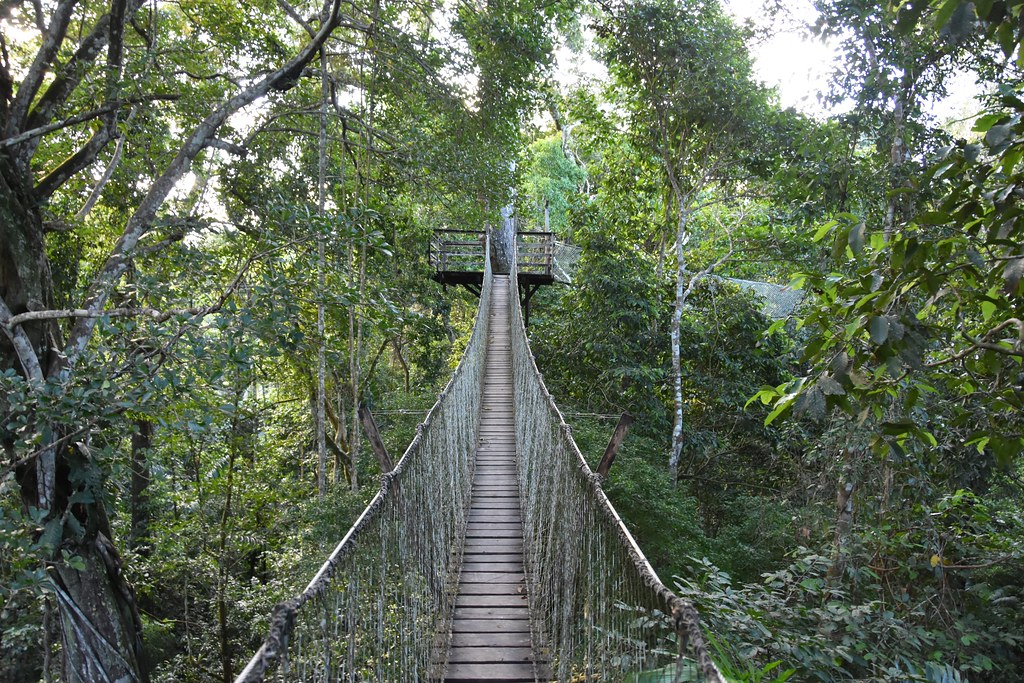
Innovative rainforest conservation programs have developed canopy walkways that simultaneously protect vital ecosystems while offering visitors unparalleled access to rarely-seen forest layers. The Inkaterra Canopy Walkway in Peru’s Amazon Basin represents a pioneering example, where visitor fees directly fund ongoing research and habitat protection for species ranging from macaws to endangered primates. These elevated pathways minimize ground disturbance while maximizing educational impact, as visitors gain perspective on the complex vertical stratification that makes rainforests Earth’s most biodiverse terrestrial ecosystems.
Local guides, often from indigenous communities with deep knowledge of forest ecosystems, enhance the experience while gaining sustainable livelihoods that incentivize rainforest preservation. Data from multiple canopy walkway projects suggests they successfully protect surrounding forest areas through a combination of direct funding, increased awareness, and economically viable alternatives to deforestation.
African Wildlife Foundation’s Safari Programs
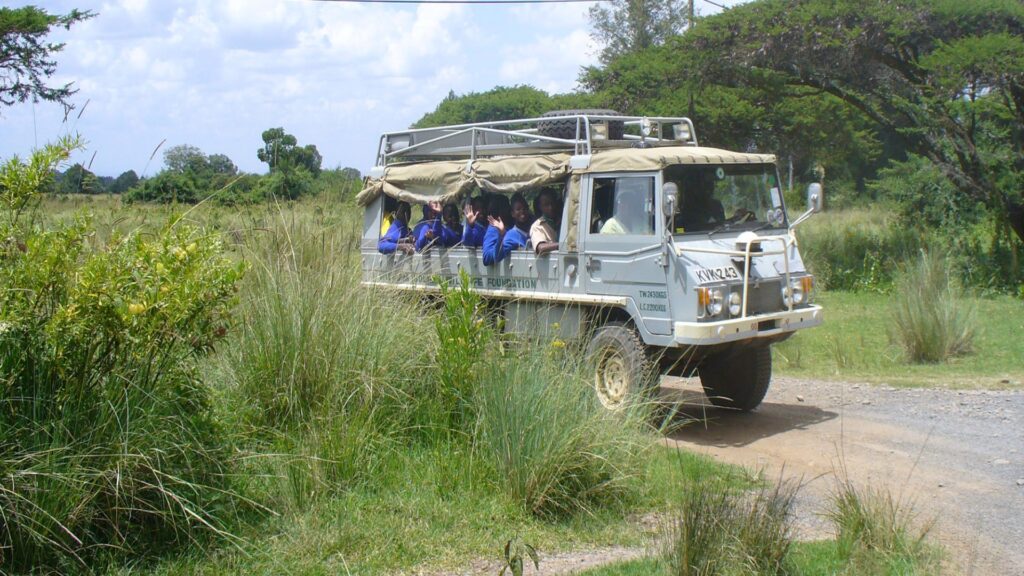
The African Wildlife Foundation has developed safari programs that transform traditional wildlife viewing into direct conservation action across multiple African nations. Their “Conservation Safari” experiences in countries like Kenya, Rwanda, and Botswana include visits to community-led conservation areas where tourist dollars directly support anti-poaching efforts, habitat restoration, and human-wildlife conflict mitigation. Unlike conventional safaris, AWF programs incorporate meetings with local conservation leaders and scientists working on cutting-edge solutions to persistent threats facing iconic species like elephants, rhinos, and lions.
Each carefully designed itinerary includes opportunities to visit schools and community development projects supported by conservation tourism, highlighting the critical link between human prosperity and wildlife protection. The Foundation’s approach demonstrates how well-structured safari experiences can generate exponentially greater conservation impact than traditional wildlife tourism.
Marine Conservation Expeditions
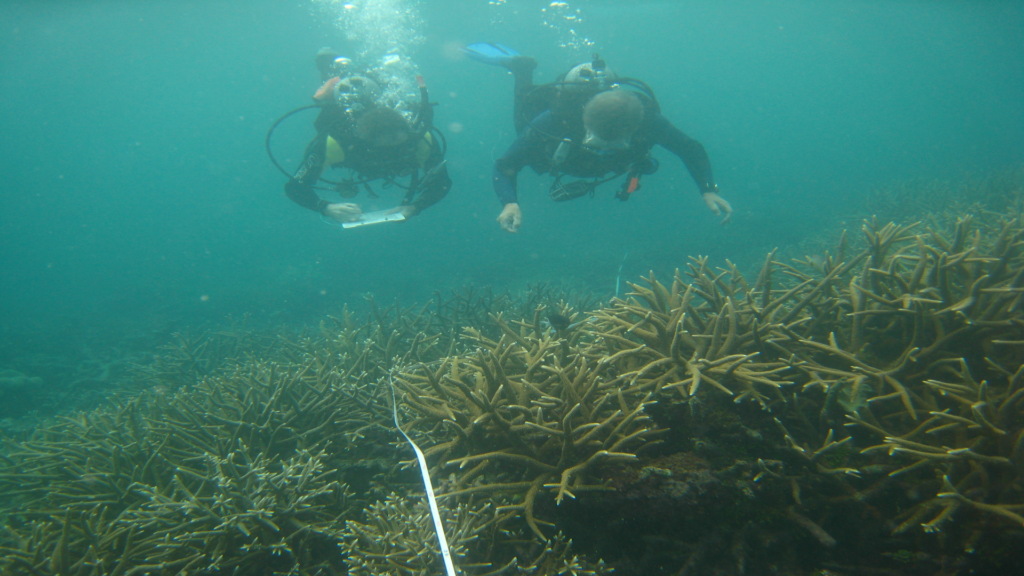
Organizations like Reef Check and Blue Ventures have pioneered marine conservation expeditions that transform recreational divers into citizen scientists who collect critical data while financially supporting ocean protection. These programs typically begin with intensive training where participants learn scientific monitoring protocols for assessing coral health, fish populations, and threats like ocean acidification or plastic pollution. Expedition members then conduct actual surveys alongside marine biologists, generating valuable data used by researchers and policymakers worldwide to designate protected areas and measure conservation effectiveness.
Beyond the scientific contributions, these programs create powerful ocean advocates who return home with firsthand understanding of marine conservation challenges and solutions. The expedition model proves particularly effective for remote marine ecosystems that might otherwise lack resources for regular scientific monitoring, effectively expanding the reach of marine science through visitor participation.
Orangutan Rehabilitation Centers

Orangutan rehabilitation centers in Indonesia and Malaysia offer some of the most impactful visitor-supported conservation programs for these critically endangered great apes. Centers like Sepilok in Malaysian Borneo and the Orangutan Foundation International’s facilities in Kalimantan welcome visitors who observe rehabilitation efforts while their entrance fees fund rescue operations, veterinary care, and forest protection initiatives. These programs serve multiple conservation functions: directly saving individual orangutans affected by habitat loss and poaching, protecting vital rainforest habitat, and raising awareness about the palm oil industry’s devastating impacts on orangutan populations.
Particularly notable is their success in training local community members as conservation professionals, creating sustainable livelihoods in regions where economic alternatives to destructive industries remain limited. Research indicates that tourism-supported orangutan conservation has significantly increased protection for surrounding forest areas, as their charismatic appeal generates funding that benefits entire ecosystems.
Wolf Conservation Center Programs

The Wolf Conservation Center in New York and similar programs worldwide demonstrate how visitor engagement can support conservation of apex predators that remain controversial in many regions. These centers offer educational programs where visitors learn about wolf ecology, behavior, and the species’ critical role in maintaining healthy ecosystems through exhibits, interpretive trails, and carefully managed wolf viewing opportunities. Beyond education, these centers directly contribute to wild wolf recovery through breeding programs for endangered subspecies like the Mexican gray wolf and red wolf, with visitor funding supporting sophisticated genetic management and eventual wild releases.
Their “adopt a wolf” programs create lasting connections between participants and conservation efforts, generating sustained support beyond single visits. Perhaps most crucially, these centers help transform public perception of wolves from feared predators to essential ecosystem engineers, addressing a critical social dimension of successful conservation.
Conservation Volunteering with Earthwatch Institute
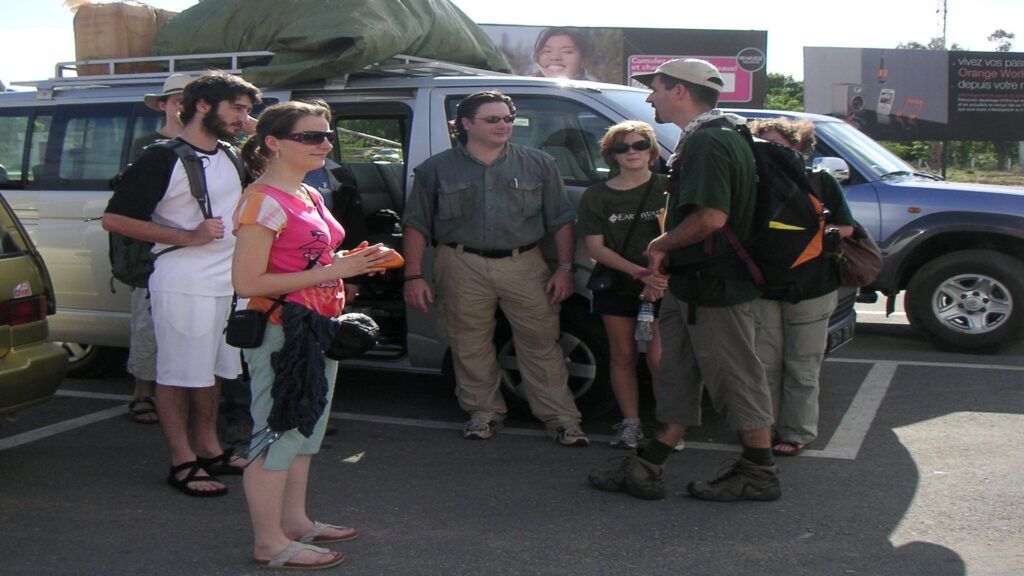
Earthwatch Institute pioneered the model of connecting ordinary citizens with scientific research through “expedition” volunteering opportunities that directly advance conservation science worldwide. Their programs span all continents and ecosystems, from studying climate change impacts on Arctic wildlife to monitoring coral reef recovery in the tropics, with participant fees directly funding research that might otherwise go unsupported. Unlike casual volunteer opportunities, Earthwatch expeditions involve visitors in rigorous data collection alongside leading scientists, generating peer-reviewed research that informs conservation policy and practice.
The time commitment—typically one to two weeks—allows for more meaningful skills development and deeper understanding of conservation challenges than conventional tourism offers. Their long-term research sites, some operating for decades with volunteer support, have produced invaluable longitudinal data sets that provide crucial baseline information for measuring environmental change in protected areas.
Sustainable Polar Tourism Programs
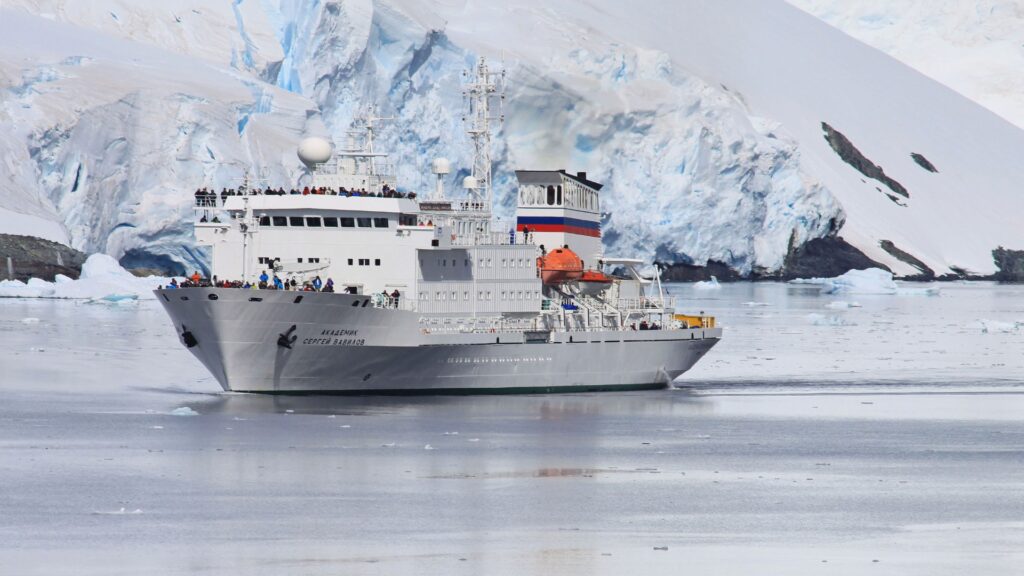
Specialized tourism operators like Quark Expeditions and Natural Habitat Adventures have developed polar expedition programs where visitor participation directly supports Arctic and Antarctic conservation. These carefully managed expeditions incorporate citizen science elements like seabird surveys, microplastic sampling, and marine mammal identification that contribute to international polar research databases. Operators adhering to International Association of Antarctica Tour Operators (IAATO) guidelines demonstrate how tourism can operate with minimal environmental impact while generating significant funding for polar research through partnerships with organizations like Polar Bears International and the Antarctic and Southern Ocean Coalition.
Educational components prove particularly powerful in these remote regions, as visitors witness firsthand the dramatic effects of climate change on polar ecosystems and return as passionate advocates for climate action. Research indicates that well-managed polar tourism creates “ambassadors” who significantly increase their conservation contributions following these transformative experiences.
Community-Based Conservation Through Indigenous Tourism

Indigenous-led conservation tourism represents one of the most promising developments in visitor-supported conservation, particularly in regions where traditional ecological knowledge offers invaluable conservation insights. Programs like those operated by the Aboriginal-owned Maruku Arts in Australia’s Uluru-Kata Tjuta National Park demonstrate how tourism can support conservation while honoring indigenous sovereignty and cultural preservation. Indigenous guides share traditional knowledge about sustainable resource use, ecological relationships, and spiritual connections to land that often align perfectly with conservation objectives.
The financial benefits from these programs flow directly to communities that serve as the most effective guardians of their traditional territories, creating economic incentives that reinforce cultural practices of environmental stewardship. Research consistently demonstrates that indigenous-managed lands maintain higher biodiversity and ecological integrity than many conventional protected areas, making support for these programs particularly impactful for conservation outcomes.
Conclusion
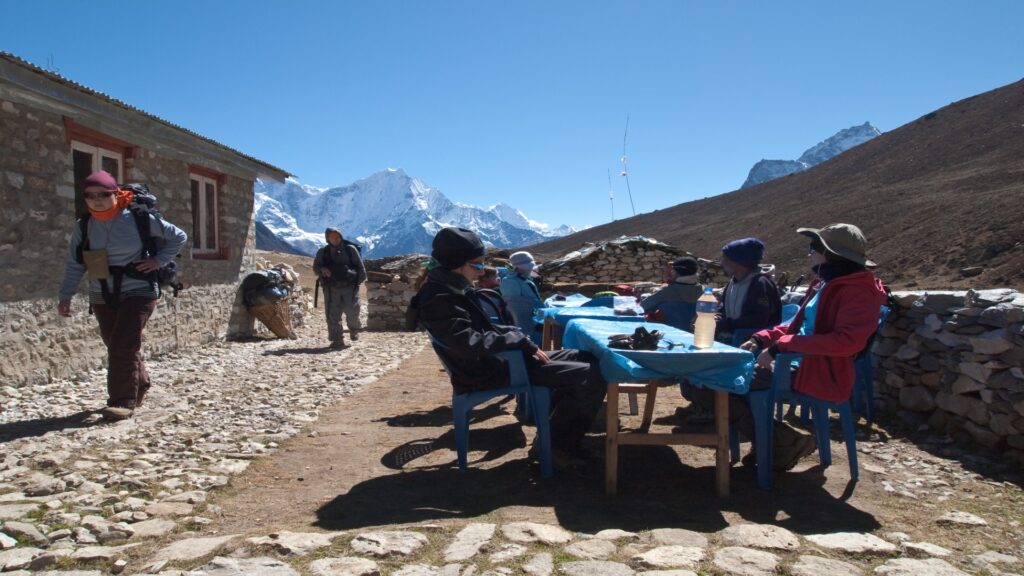
Supporting conservation through mindful travel choices represents one of the most accessible and rewarding ways for individuals to contribute to global environmental protection. The programs highlighted above demonstrate how tourism, when thoughtfully structured, can generate crucial funding, valuable scientific data, and passionate advocates for threatened species and ecosystems worldwide. By choosing to engage with reputable conservation programs during their travels, visitors transform their experiences from mere observation to meaningful participation in solutions to our planet’s most pressing environmental challenges.
As conservation organizations continue developing innovative ways to engage visitors, the potential for tourism to serve as a powerful force for environmental good only continues to grow, offering hope that our desire to experience natural wonders can help ensure their survival for generations to come.

